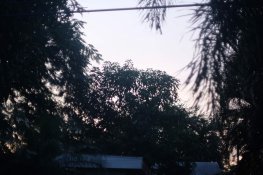toozler
Member
I bought a $10 Canon FD 50mm f1.4 SSC (the breech-lock version) from someone locally. I saw the lens in person, it had a film of fungus, hence the low price. Otherwise, body was perfect, focus and aperture blades working good.
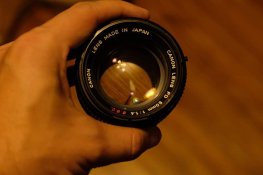
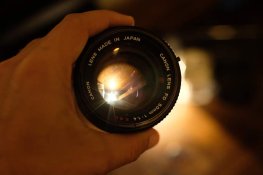
Disassembled the lens from the front and noticed that all the fungus was on the inner side of the first element. All other elements were clear, just a bit of dust. Took apart the first lens group and cleaned it but the fungus is still there, zero improvement! I tried:
Here are some photos. Clear at first sight but shining a light through it shows some "haze". These were taken from the back, thus magnifying everything on the front element. I don't see etching lines (besides some small scratches) but a lot of these tiny dots.
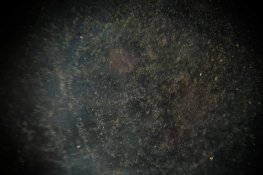
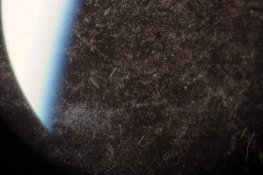
Anything else I should try or is this garbage?
Is this some sort of deposit I couldn't remove or actual damage to the coatings? I've looked around forums and couldn't find a similar pattern.


Disassembled the lens from the front and noticed that all the fungus was on the inner side of the first element. All other elements were clear, just a bit of dust. Took apart the first lens group and cleaned it but the fungus is still there, zero improvement! I tried:
- Water with a drop of dish soap and rubbed with my finger
- Soaked in white vinegar for a few seconds to remove deposits
- Soaked in 3% hydrogen peroxide for 30 minutes
- and last a wiped with a lint free lens wipe with 90% alcohol.
Here are some photos. Clear at first sight but shining a light through it shows some "haze". These were taken from the back, thus magnifying everything on the front element. I don't see etching lines (besides some small scratches) but a lot of these tiny dots.


Anything else I should try or is this garbage?
Is this some sort of deposit I couldn't remove or actual damage to the coatings? I've looked around forums and couldn't find a similar pattern.



